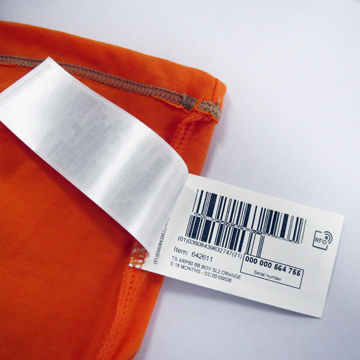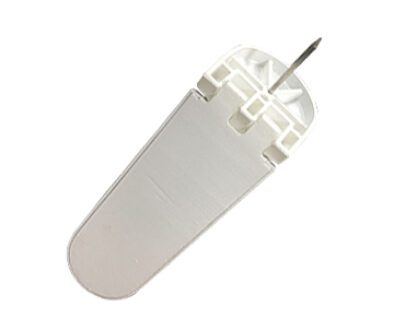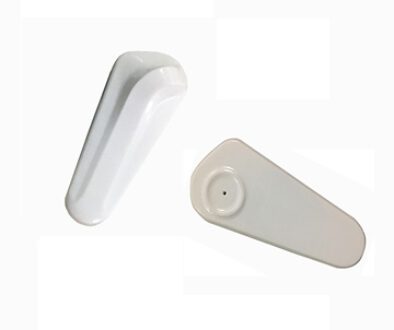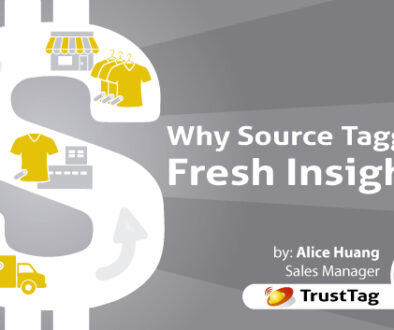Active Rfid
What are Active RFID EAS Systems?
The basics
 Active RFID EAS systems use tags that have their own power source. This enables them to emit a signal of their own, possess impressive read ranges and have massive storage capabilities. The batteries typically last anywhere between three and five years, but when they finally run out of juice, the whole RFID tag will have to be replaced.
Active RFID EAS systems use tags that have their own power source. This enables them to emit a signal of their own, possess impressive read ranges and have massive storage capabilities. The batteries typically last anywhere between three and five years, but when they finally run out of juice, the whole RFID tag will have to be replaced.
The system comes with three basic components: a reader, an antenna and, of course, a tag. It’s more or less the same as any other type of tag-based EAS system.
In most cases, active RFID tags operate using two primary frequencies: 433 MHz and 915 MHz. Choosing which frequency to use depends on the environmental conditions where the tags would be used. 433 MHz tags are generally preferred for non-RF-conducive environments because they emit longer wavelengths that are better able to withstand interference caused by materials like metal and water.
Types
There are two types of active RFID tags: beacons and transponders. As the name implies, beacons continuously emit a signal (typically every three to five seconds) regardless of whether or not it receives a request from a reader. In contrast, transponders function almost just like passive systems where they wait for an actual request from a reader before sending out a signal.
Beacons generally have a much wider transmit range than transponders (hundreds of meters away), but transponders make up for its limited range with its superior battery life.
Applications
With either type having its own set of pros and cons, which one should you choose? Well, it all depends on what you need the tags for.
Beacons are typically used in the mining, gas and oil industries, but are also popular for their cargo tracking capabilities. Transponders, on the other hand, are more suited to close-range applications like secure access control and toll both payment processing.
Cost of ownership
Active RFID systems are typically more expensive than their passive counterparts, with tags costing anywhere between $20 and $100 apiece, depending on how tough and feature-rich you need each tag to be. Considering how you can get passive tags for under a Dollar per piece, active tags are indeed a much more significant investment.
What you are paying for
Let’s start with the most important thing: unparalleled durability. Because active RFID systems are typically used in high-stress situations, harsh weather conditions and extreme temperatures, they are built much tougher than their passive counterparts.
They also give you so much more in terms of functionality. Aside from their vast read ranges, they can also be used to keep track of location, moisture levels and even temperature, which could be vital information depending on the industry that you are working in.
At the end of the day, there are just some applications that passive systems are not equipped to handle. Going the cheaper route, in this case, could easily cost you so much more money in the long run in the form of repairs, replacements, and additional components.



